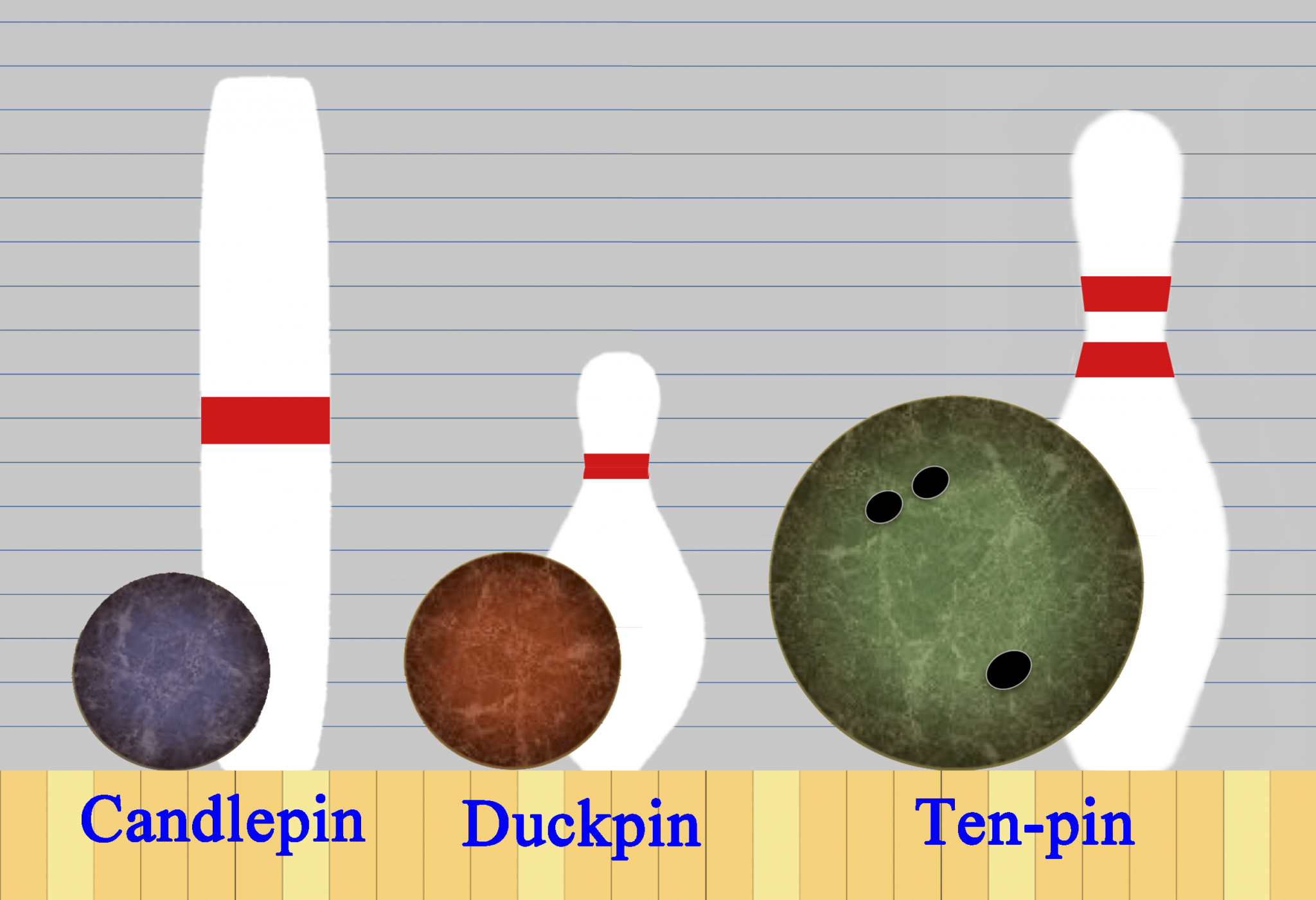
What are Different Types of Bowling Balls 2023 Guide DemotiX
Plastic, urethane, reactive resin, and proactive bowling balls are the four types most commonly used today. Each coverstock exhibits a range of reactions to the lane conditions, which can dramatically impact your bowling score.

The 4 Types Of Bowling Balls & How To Choose One Bowling Overhaul
There are various types of bowling balls to choose from, such as solid (for strong hooks), pearl (for length and backend reaction), hybrid (combining solid and pearl qualities), and urethane (providing a smooth and controlled motion). Core shapes and cover stocks play a significant role in ball performance.
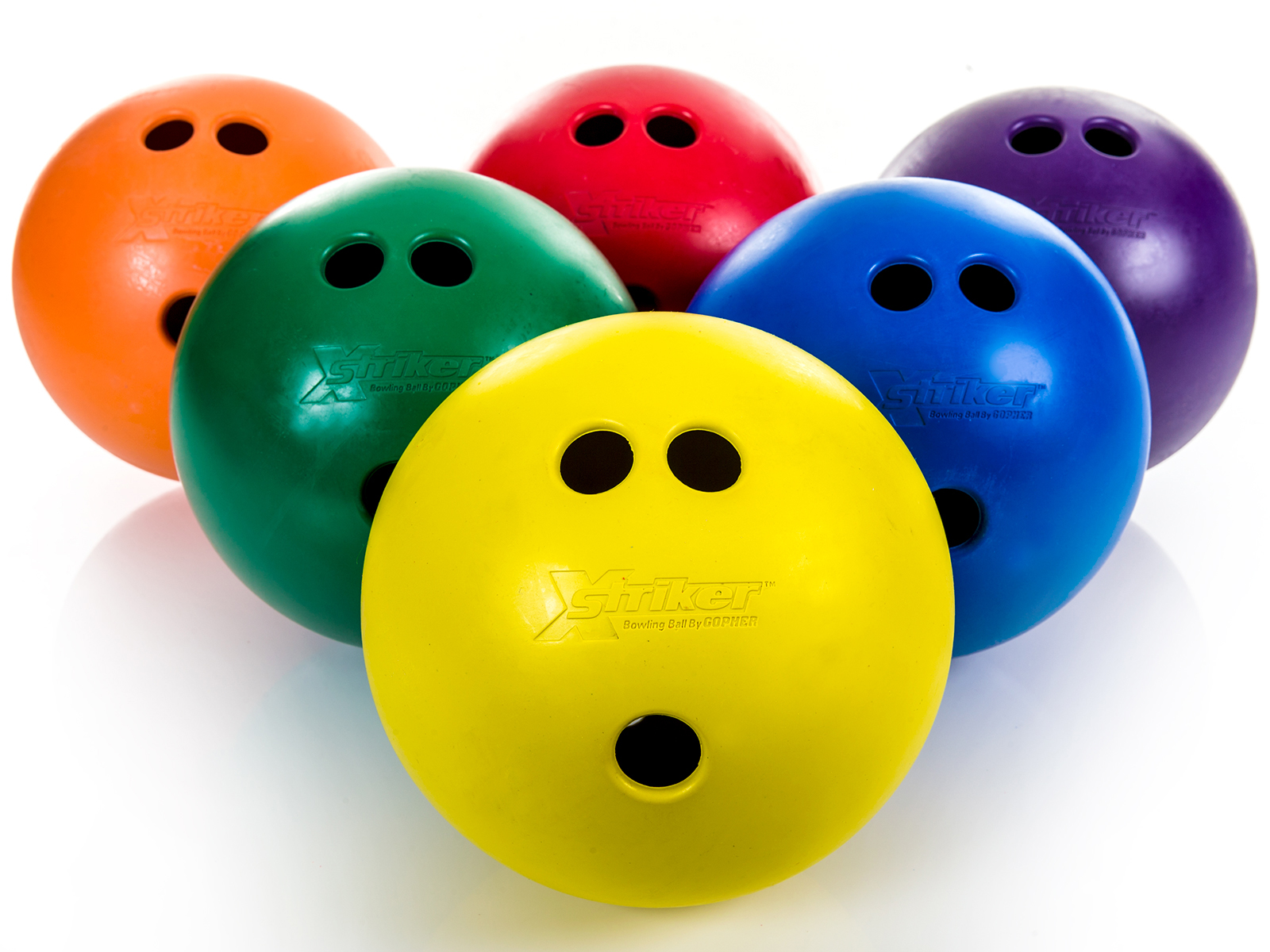
The 10 Best Bowling Balls in 2022 For Beginners & Pros
What Are The Different Bowling Ball Types? There are several types of bowling balls, each made for specific purposes and tailored to fit various playing styles and skill levels. Plastic bowling balls are a budget-friendly option commonly used by beginners due to their ability to roll straight with minimal curve potential.

9 Types Of Bowling Balls (Differences, Size, Color, Appearance)
9 Types Of Bowling Balls 1. Plastic Bowling Ball Champion Sports Plastic Bowling Ball: Rubberized Soft Ball for Training & Kids Games, Orange The first type of bowling ball is a plastic bowling ball. Because of the natural characteristics of plastic, this bowling ball is going to be relatively light.
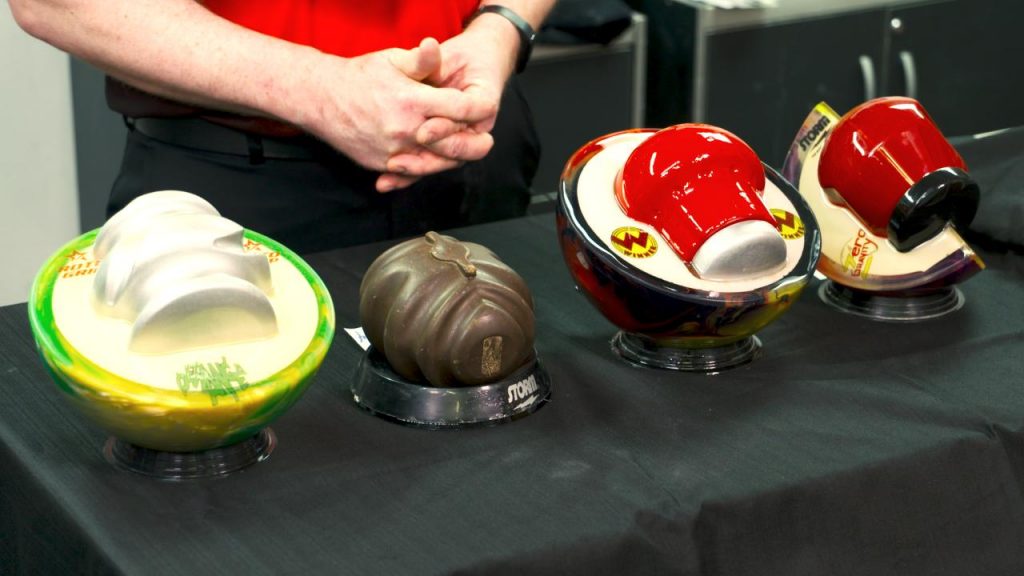
Identifying Strong and Weak Bowling Balls National Bowling Academy
The Bowling Ball Core (weight block) Bowling balls come in two main categories based on their inner core: Asymmetrical balls and Symmetrical balls. The inner core of a bowling ball is a key component that determines the ball's reaction to the lane and its overall performance. Asymmetrical Bowling Ball Core

9 Types Of Bowling Balls (Differences, Size, Color, Appearance)
Customizing your bowling ball with proper drilling and fit can improve your comfort, control, and consistency on the lanes. Here are some ways to customize your bowling ball.. If you're an avid bowler, you'll be thrilled to know that there are five distinct bowling types - traditional ten-pin bowling, candlepin bowling, duckpin bowling.

What are the Different Types of Bowling Balls? (with pictures)
After plastic, new bowling balls that became the next big thing in the 1990s were made of urethane. This entry marked the beginning of a fresh era in the sport. Playing on dry to medium lane, a polyurethane bowling ball can help you gain control. You might need help to achieve a good hook with this bowling ball on medium to oily patterns.

Using Different Types of Bowling Balls
There are three types of Reactive Resins, each with its own perks: Receive Pearl Reactive Solid Reactive Hybrid ProActive or Particle ProActive or Particle cover stock balls are very uncommon. They are only used by expert bowlers.
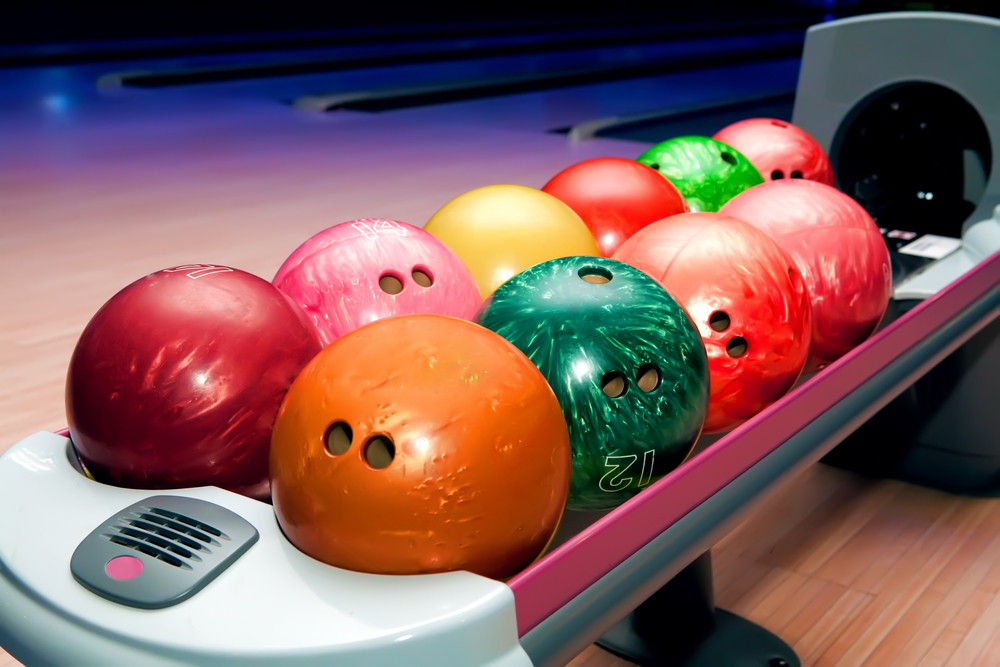
How to Choose a Bowling Ball A Guide to Mastering the Fine Margins
But there are actually 4 of them and each motion is quite different from the other one. 1. Traction: The first kind is traction. What traction ball motion is when your bowling ball hooks early and it is very late down the lane during the rest of its journey till it hits the pins. 2.
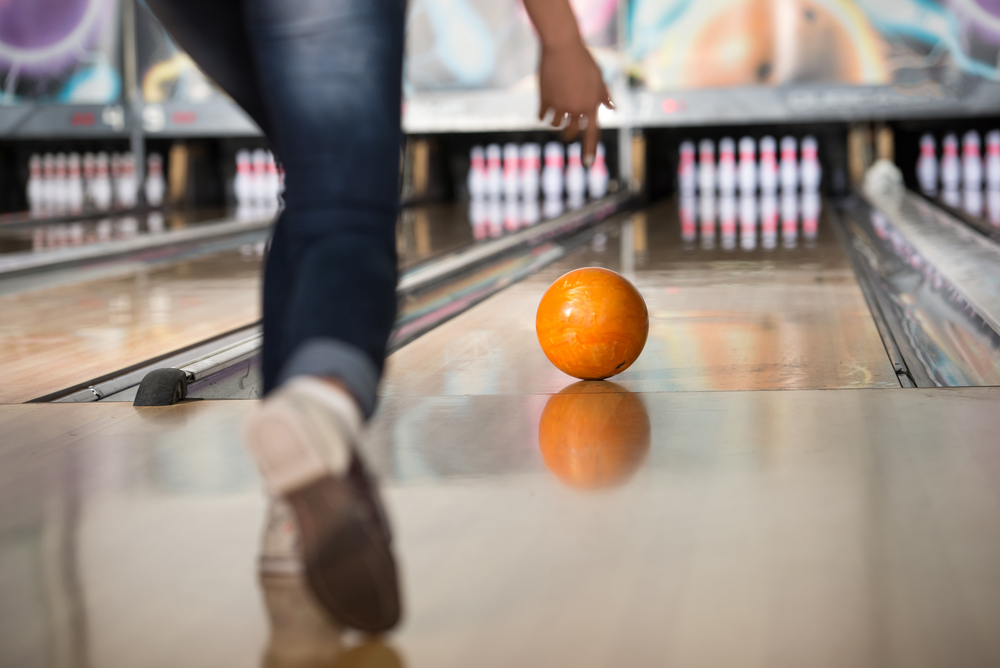
How to Choose a Bowling Ball A Guide to Mastering the Fine Margins
There are 4 different types of bowling balls based on coverstock material. There's plastic ( or polyester depending on who you talk to), urethane, particle, and reactive resin. Each coverstock reacts differently on the bowling lane.
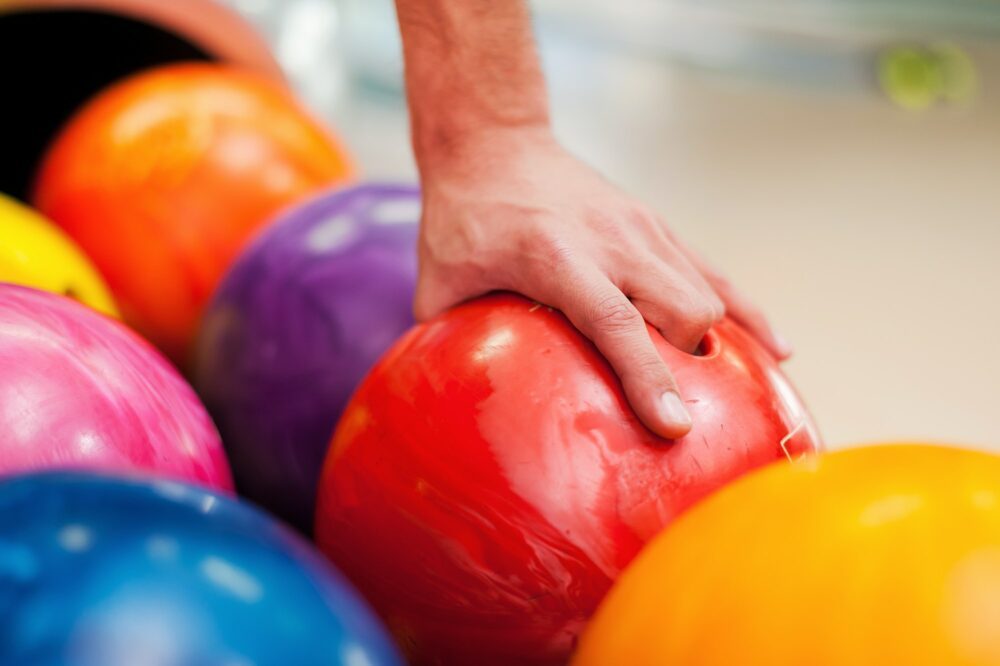
Breakdown of the Different Types of Bowling Balls
Plastic a.k.a. Polyester The most common Coverstock type today because of its relative durability and low price, plastic or polyester bowling balls are considered as entry-level varieties due to its smooth finish. It doesn't have a lot of hook potential due to its harder and less porous material, but it's very easy to control.
/bowling_balls_dv1734035-56a0b49d3df78cafdaa4252d.jpg)
How to Choose the Right Bowling Ball
Urethane Bowling Balls. Urethane bowling balls have a softer coverstock than polyester balls, providing more hook potential. They're suitable for bowlers looking to improve their game and have better control over their shots. Urethane balls are also ideal for playing on dry lanes and are more durable than polyester balls.
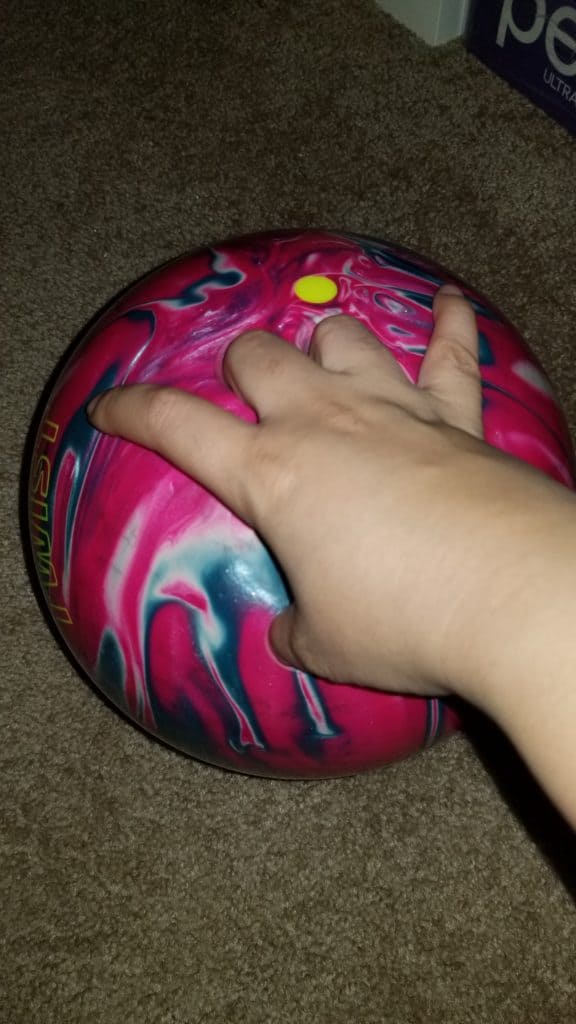
The 4 Types Of Bowling Balls & How To Choose One Bowling Overhaul
Symmetrical bowling balls are pretty much 80% of the market when it comes to performance bowling balls. They range anywhere from your entry level balls like the Storm Tropical Surge to the Storm !Q Tour Emerald. These bowling balls are good for any type of bowler. High Rev bowlers should look for lower end equipment in this type of bowling ball.
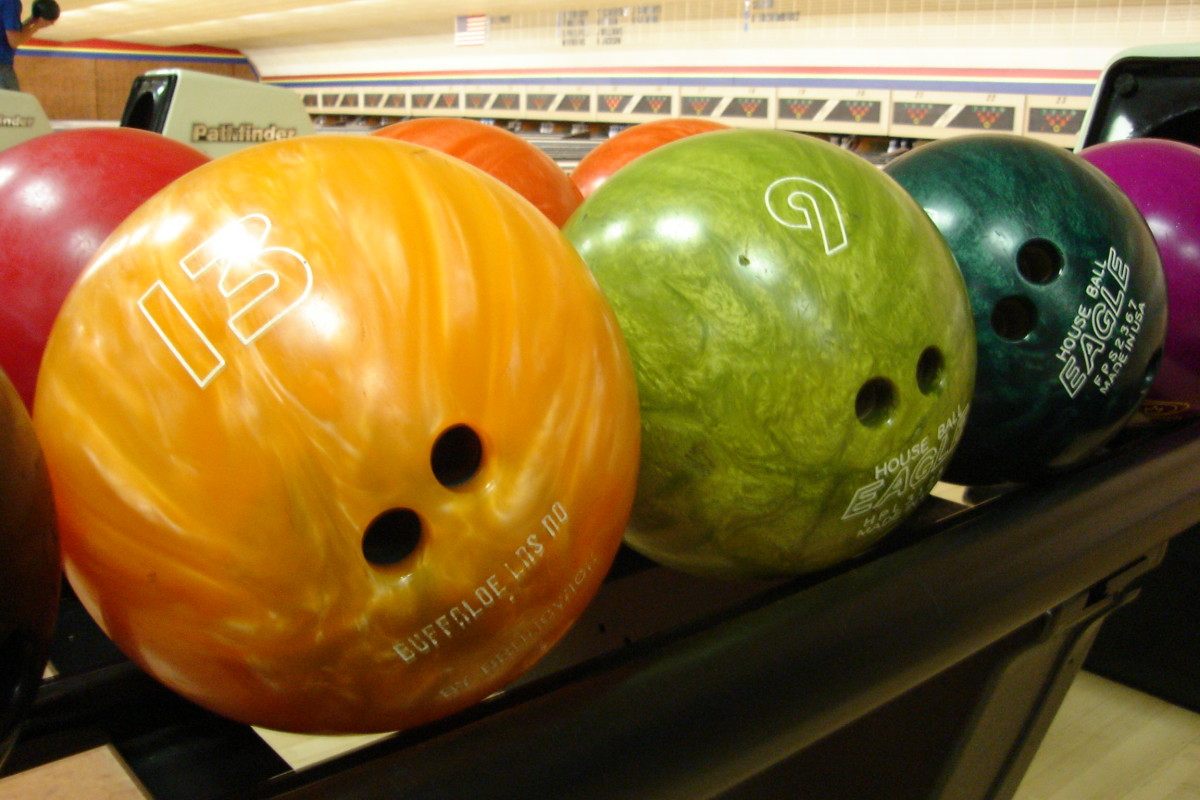
Different Types of Sports' Balls and Their Characteristics HubPages
There are three types of bowling balls used in today's game: plastic, urethane and reactive. Let's go through each one and talk about how adding them to your arsenal will improve your game. Plastic. A lot of bowlers think the first generation of bowling balls released to the market were plastic, but actually, the first bowling balls.
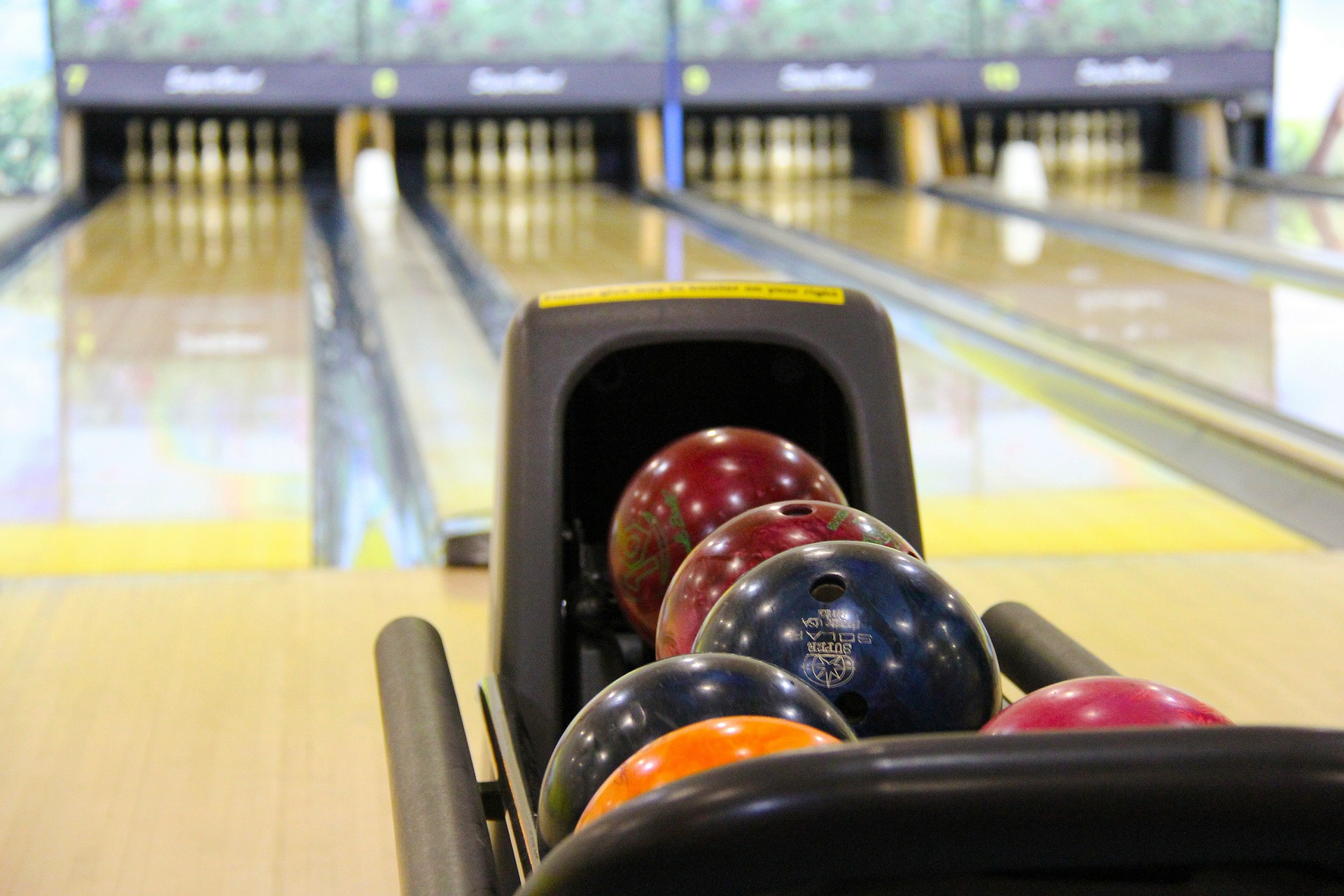
Best Bowling Balls A Buyer's Guide
The biggest factor that influences ball motion is a bowling ball's surface at 75%. You can adjust the bowling balls surface before competition using sanding pads . This influences the shape of your shot front-to-back while the core influences how it hooks right-to-left (for right-handed players) at the breakpoint.

15 Types of Bowling Balls Every Player Should Know
Depending on the use, the four major types of bowling balls are: Kids' Bowling Balls Rolling a ball can be very exciting, especially for kids. This activity is not only a source of amusement, but it also provides avenues for exercise. There are a number of bowling balls available for kids varying in designs, weight, and set of holes.